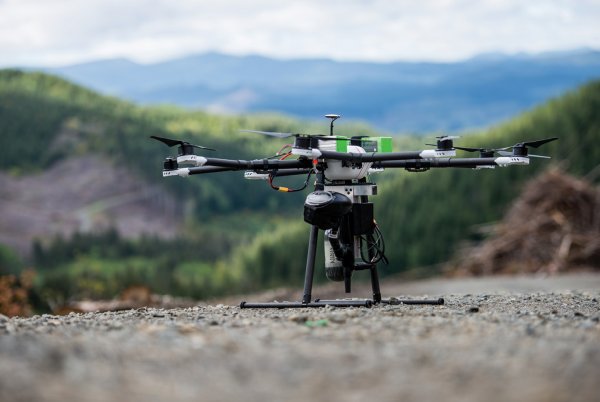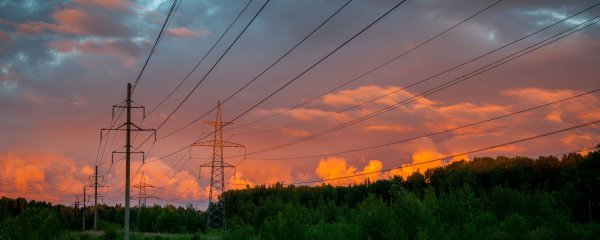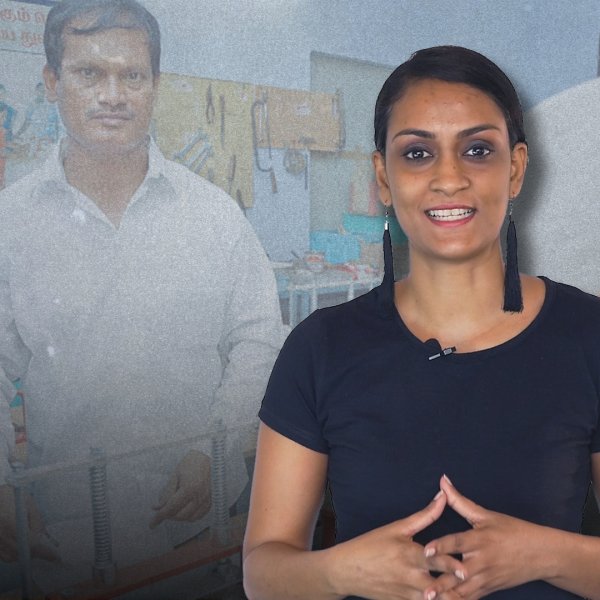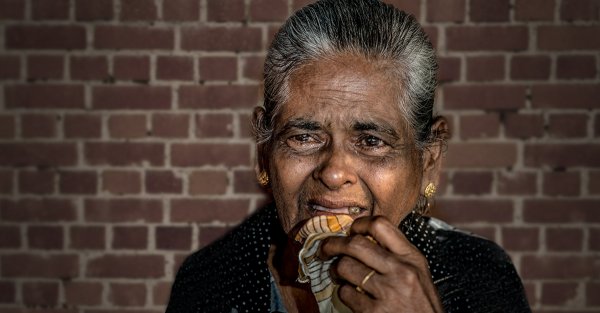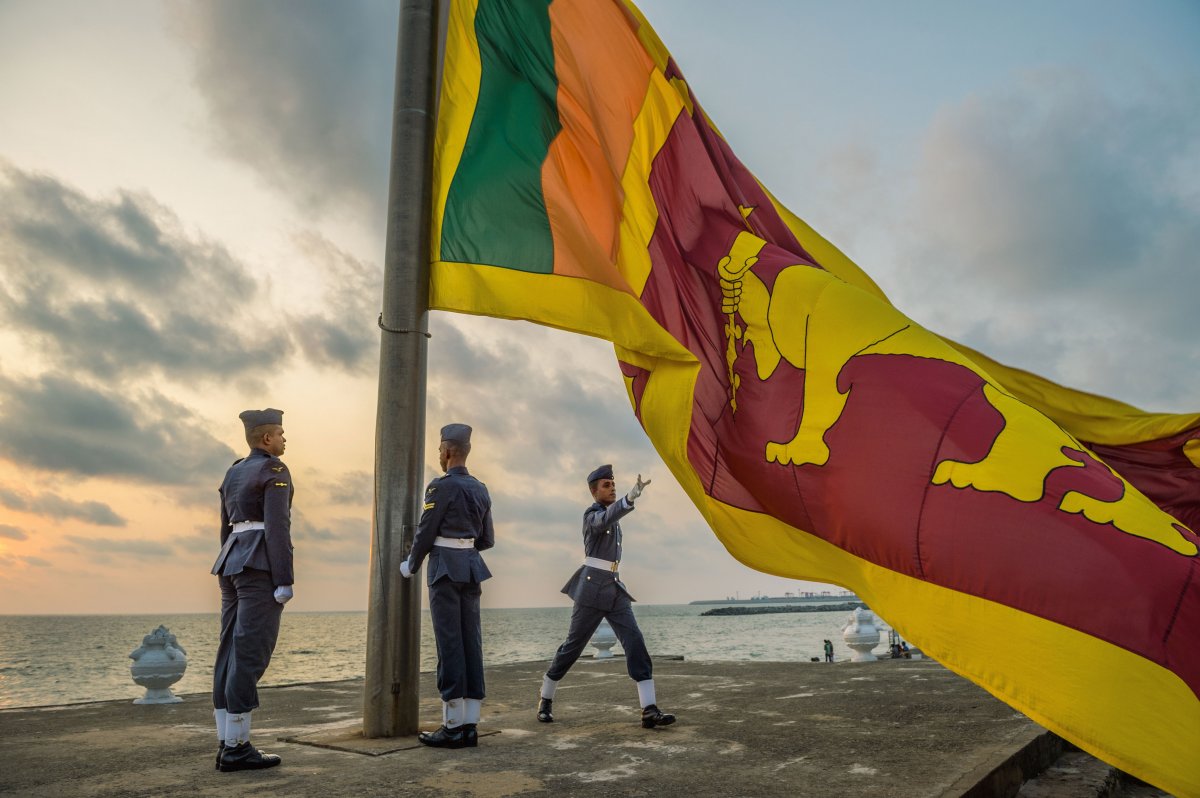
This year we celebrate Sri Lanka’s 70th independence day. While our beautiful country is not too badly off, we’re a far cry from the many lofty expectations we had seven decades ago. Legend has it that Singaporean premier Lee Kwan Yu once saw Colombo as a goal to aspire to. Now, it’s Sri Lanka that wants to be like Singapore.
But what about our contemporaries? How does Sri Lanka stack up next to other countries that have had around 70 years of self-rule? To find out, we took a look at India, Pakistan, South Korea, Malaysia, Singapore, and Myanmar, all of whom had similar starting points to Sri Lanka.
History
The last 70 years in Sri Lanka has been a mixed bag, to say the least, with Sri Lanka’s most drastic events being a 30-year conflict and a tsunami disaster. However, despite the many trials, Sri Lanka maintains a decent standard of living in general. With peaceful times and a growing economy, despite massive debts, there’s hope that things will keep getting better.
India is undoubtedly the biggest kid on the block, with all the resources that come with it. While India has had its own conflicts, it has grown stronger over the years, especially after liberalising the economy in 1991. Now by some measures, it’s the third largest economy in the world, even as it still struggles with income inequality.
Pakistan’s early years started out at a place better than India, with investments in infrastructure, heavy industry, and an agricultural revolution. But with military rule, political instability, and conflicts with India, it’s been a bumpy ride over the last few decades. Even so, it’s still an emerging economy with a fast-growing middle class and urban population.
Despite a slow start, South Korea is now one of the most developed countries in the world, with standards of living set to pass countries like France in the next decades. By focusing on innovation and innovative industries they have become the seventh largest economy in the world as well as a source of influential pop culture.
Malaysia’s early years were rocky, with the expulsion of Singapore over political and racial concerns and violent race riots. After 1981 under Mahathir Mohamad, Malaysia diversified its economy and began a steady economic growth. At the time of independence, Malaya had great economic advantages. It was among the world’s leading producers of rubber, tin, and palm oil, and also a significant iron ore producer.
Singapore was practically an orphan when it began. Expelled from Malaysia because of racial tensions, it had to create a nation from a disparate population of immigrants. Singapore’s strategy for survival was, essentially, to take advantage of its strategic location and the favourable world economy. Although the early years were difficult, Singapore emerged as an “Asian Tiger” through its workforce and external trade, and is now one of the highest ranked nations in the world.
Myanmar is a country very much like Sri Lanka. With its abundance of natural resources, there were great expectations placed on it. But with continuous political instability very little progress has been made. As of 2016, Myanmar ranks 145 out of 188 countries in human development
GDP per capita
According to statistics from the World Bank in 1960, Sri Lanka enjoyed a GDP per capita of 142.5 USD which increased to USD 3,835.4 by 2016. You can see a large increase in the value after 2002.
India’s GDP per capita was USD 81.3 in 1960, and by 2016 it reached USD 1,709.6. The increase is credited to the liberalization of the economy after 1991. India’s large population and large income gap is the reason why this value is so low compared to a far smaller country like Sri Lanka despite the size of India’s economy.
Pakistan’s GDP per capita in 1960 was USD 82.5. In 2016 it was USD 1,443.6. Their early investments in infrastructure and agriculture explain why there is a slight increase over India in the beginning.
South Korea shows a steep rapid increase in GDP. Its investments in steel, shipbuilding, and electronics allowed them to pull ahead of the pack. Singapore shows a similar gain with an increase from USD 427.9 to USD 52962.5 over the same time period.
Life Expectancy at Birth
Sri Lanka’s record on healthcare has been consistently good as we are second in the group in 1960 with a life expectancy of 60 years. Singapore leads with 66. While Malaysia and South Korea are close behind us. India and Pakistan bring up the rear with values in the forties. They still remain at the back of the class with 68 and 66 years in 2016. Sri Lanka and Malaysia have 75 years while South Korea and Singapore enjoy life expectancies in the eighties.
Gender Gap

Source: World Economic Forum
According to data from the World Economic Forum, most of these countries rank low on gender equality. Pakistan, for example, which is ranked 143 out of 144, has a female literacy rate of only 44%. Singapore is ranked best at 65, followed by Myanmar at 83, Malaysia at 104, India at 108, Sri Lanka at 109, and South Korea at 118. Although South Koreans dispute the measurements taken by the index as a fundamental misunderstanding of South Korean culture.
Human Development Index
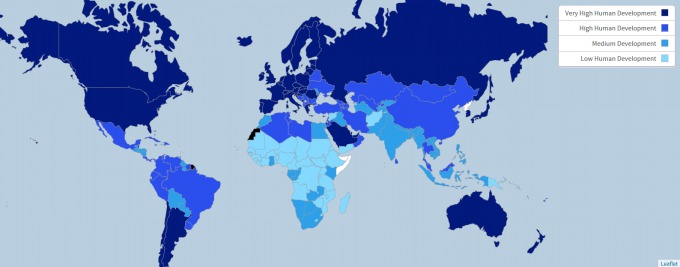
The Human Development Index was developed by Pakistani economist, Mahbub ul Haq, for the United Nations Development Programme. It’s a statistic that combines life expectancy, education, and per capita income indicators, which are used to rank countries into four tiers of human development.
Singapore ranks the highest with a number 5 position. Followed by South Korea at 18. Malaysia is at 59 and Sri Lanka at 73. India, Myanmar, and Pakistan are 131, 145, and 147 respectively.
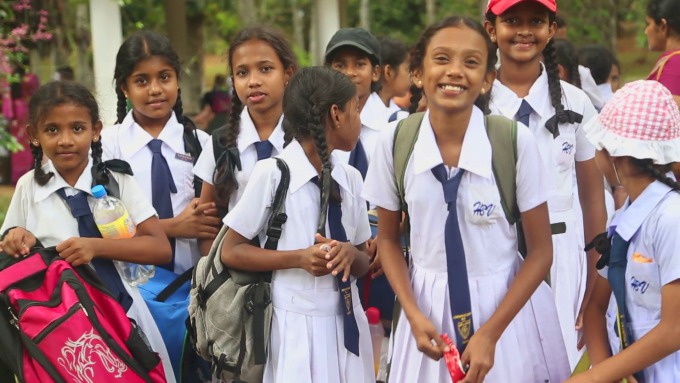
Image Courtesy: videoblocks.com
According to the values in the HDI, Sri Lanka has a relatively high value in education with 14 years of schooling expected. This is on par with developed countries like Singapore and South Korea which have values of 15 and 16 years respectively. India has a value of 11 years, while Myanmar and Pakistan don’t even reach double digits at 9 and 8 years respectively.
However, Sri Lanka has low employment rate, or employment to population ratio, which is the proportion of the country’s working-age population that is employed. Sri Lanka’s value is only 49.3%. That is similar to India and Pakistan who are both at 51%. Singapore has a value of 65% and even Myanmar has 74% working.
Conclusion
This is far from a comprehensive comparison of Sri Lanka’s place in the world. But what it does show is a glimpse of where we stand. Over the past 70 years, Sri Lanka has gone through a lot but we have not fallen. The future can be brighter if we can only make the right decisions, keeping the next 70 years in mind.
Cover Image courtesy nationalgeographic.com

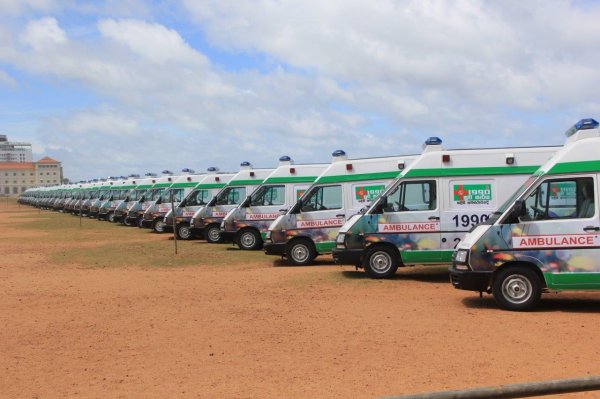

.jpg?w=600)
